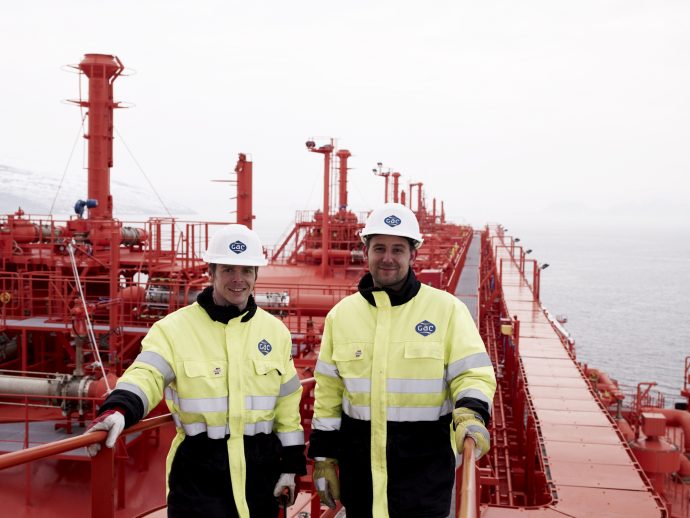Work has started at the Port of Stade to prepare for the opening of the world’s first land-based LNG terminal, the Hanseatic Energy Hub (HEH), in 2027.
Once operational, the €1.6 billion (US$1.7 billion) project will serve as an import terminal, meeting more than 15% of Germany’s current LNG demand and managing other low-carbon energy sources as the country transitions to green energy. It will have a total annual capacity of 13.3 billion cubic meters of natural gas. And already, three major European energy firms - EnBW, SEFE, and ČEZ – have booked 90% of this volume long-term, with the remaining capacity saved for short-term operations.
Rising demand
The launch of HEH comes as global demand for LNG is projected to rise considerably over the coming decades. According to Shell’s ‘LNG Outlook for 2024’, the LNG market is expected to reach up to 685 million tonnes in 2040, an increase from the 404 million tonnes in 2023.
But due to an inequity between the available supply and soaring demand, LNG prices remain high, resulting in a scramble for increased access to the transitional fuel. To bolster their energy security and advance their decarbonisation aims, European states are increasingly looking to establish LNG hubs and terminals.
According to the Independent Commodity Intelligence Services January 2024 Energy Outlook, Europe is projected to see an annual increase of 8% in gas demand and 2.9% in power demand in 2024 alone. While this remains below 2022 levels, Western European LNG imports are expected to reach 1,743 TWh this year, rising over 15% from 2023.
Germany is also undergoing a process of increasing regasification (converting LNG back to natural gas). As part of this drive by the federal government, Stade has become the location of one of four Floating Storage and Regasification Units (FSRU), highlighting a multi-pronged approach to relieving pressure on LNG availability issues in Europe taking place at the port.
Support for HEH
GAC has long recognised the importance of Stade as a major location for European energy sector activity.

With direct access to the North Sea, the Port of Stade is the third-largest port in Niedersachsen by cargo handling volume and sits on the River Elbe, between Hamburg and Cuxhaven. It is often the port of choice for dry bulk, barge and general cargo vessels, handling 1,000 port calls and 5.6 million tonnes of cargo in 2022.
GAC Germany’s newest office opened at the port this January, in direct response to growing demand for LNG. And with that growing demand will come greater call for shipping, marine and offshore services the company offers.
Thies Lennart Holm, Managing Director of GAC Germany, says the addition of the Stade office puts GAC Germany in a prime position to directly support the HEH as well as its existing liquid and dry bulk customers, and cater for future gas carrier clients with a range of expert ship agency and logistics services.

“We are poised and ready to support the HEH project at Stade, drawing on GAC’s experience and expertise in Germany and across Europe. We have a history of supporting and will continue to meet the particular demands of the German market to support its energy needs.”